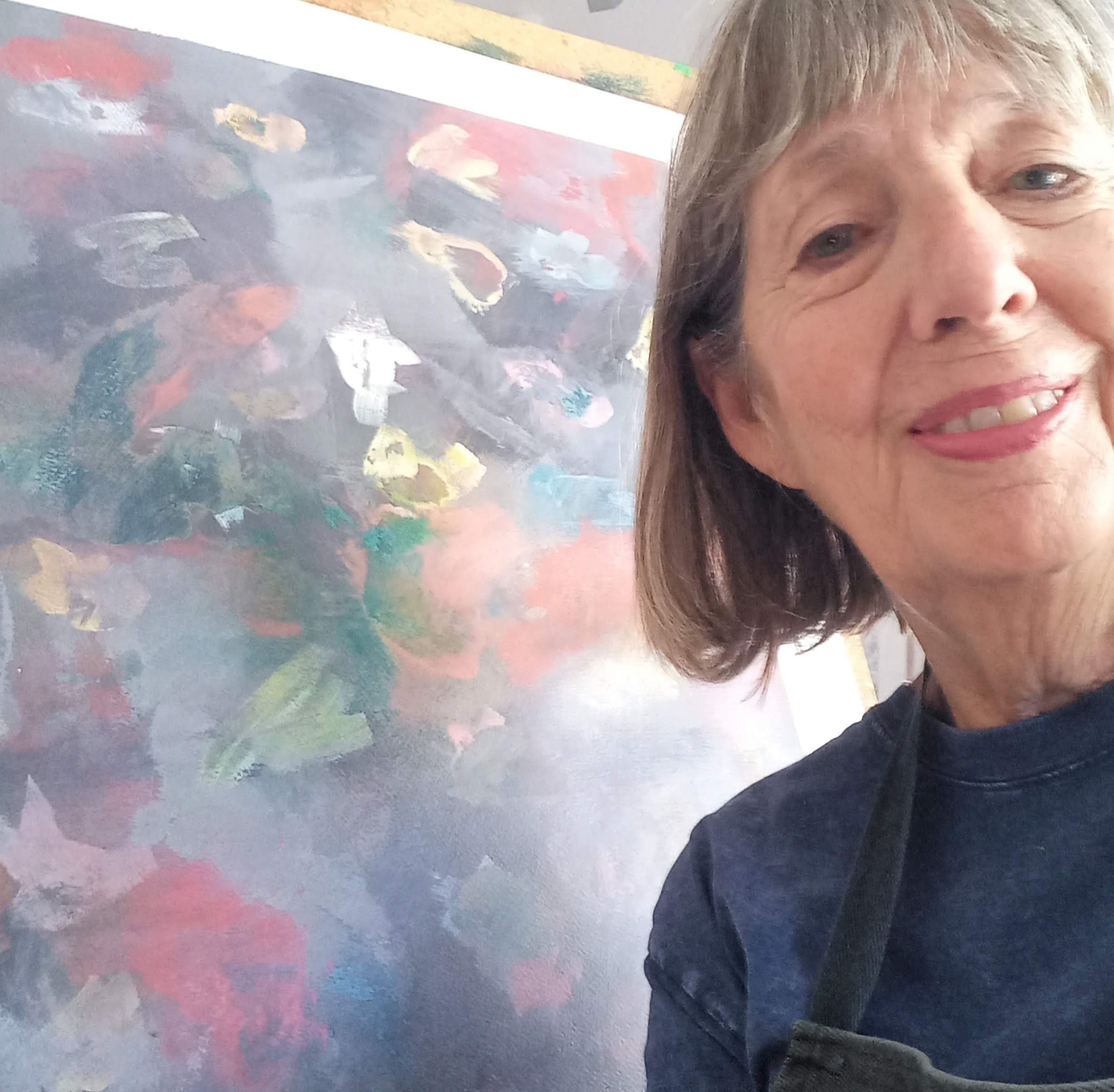about
Holly Sanford is a practising artist for over 40 years in Auckland, New Zealand. Known especially for her architectural glass works, Holly has designed and produced large-scale commissioned windows in prominent New Zealand buildings such as Auckland University, Hamilton City Council and the Auckland District Court. Her residential windows are located throughout New Zealand and extend to Europe and the United States. She has worked with designs for double-glazing, satisfying her interest in overlapping patterns and environmental concerns. Holly Sanford also exhibits at home and abroad. Presently she is enjoying the freedom painting gives her.
FOR CONTACT PLEASE FILL IN BELOW
glass
"Glass is seductive. To the uninitiated, its beauty can mislead: “Jewel-like colours which sparkle like diamonds…” It can be and has been badly misused, working its wiles with colour only and little design, often in the form of unattractive machine glass. But it can also be controlled and made to work for the discerning artist, keeping its magical qualities. Handblown sheet glass, made in Europe, is a good example of a most seductive, rich product that can be worked well into contemporary solutions, and ordinary float glass gives endless possibilities, alone or in addition to the handblown, with surface designs and textures. Working in glass is like painting with light. And because the glass is usually within an architectural setting, more is required from it than a normal painting on a gallery wall.
A window design must look like it belongs in its setting and be suitable for how the space is used and what the light conditions are. A contemporary window in an old building can work beautifully if there are elements that tie the window to the architecture, a suggested border or the echo of a noted feature, paying homage to the past, while celebrating the present. A foyer can afford to have a bold, memorable design, since people pass through it quickly, while a boardroom requires a more restrained solution rather than being a focus. A north facing room that has glare problems can be moderated by choices of colours and tints incorporated into the design.
Unlike the usual canvas, a window changes with the time of day, the weather and the objects behind it. Morning light throws interesting patterns or colours across a floor. Ordinary street scenes, people walking, leaves swaying behind a reamy handblown glass or glass that is sandblasted intermittently, are abstracted delicately. Pieces of reflective glass sparkle at night within a lit room.
And privacy. With the transparency and translucency of glass to work with and add to creatively, there is a potential of partial and total screening for private spaces, bathrooms and bedrooms. A screen with patterns overlapping both sides of the glass or a stark modern feature window over a bathroom basin negates the neighbour’s proximity.
But glass designs are also important from the outside. At night, with lights on inside, they reverse their inward effects and are revealed on the streets. They are a surprise, a pleasure. Now the architectural context of the window is temporarily hidden by the night, and the windows shine on their own. This combination of control and surprise is the way of glass."
Holly Sanford


